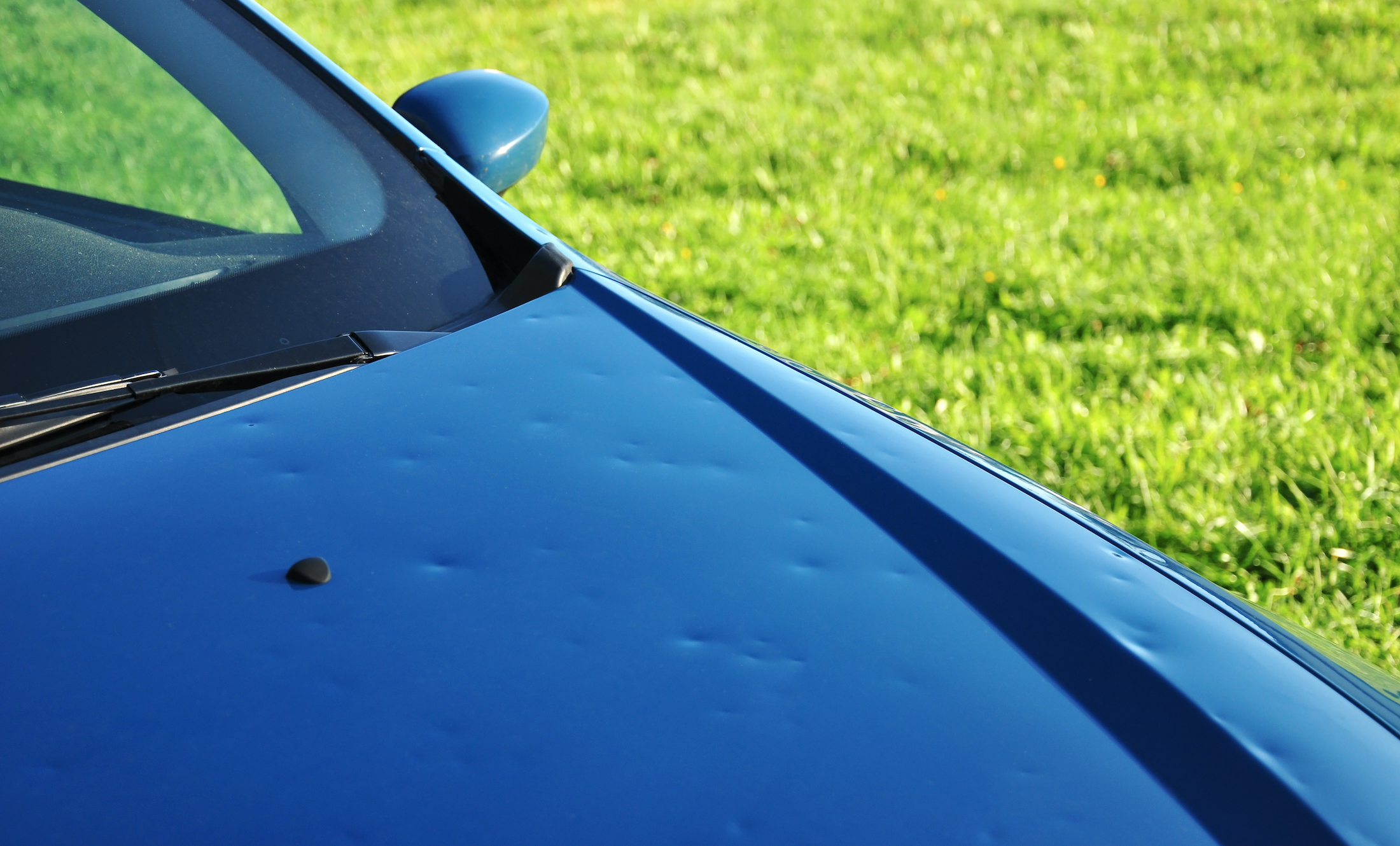Written by Douglas Dell, vice president and director, Vale Training, a Sedgwick company
Your first encounter with paintless dent repair (PDR) may be after a trip to the supermarket or a night of bad weather.
Whether your vehicle has a small dent from a shopping cart or severe damage from a hail storm, the results present as one or multiple impacts not showing signs of paint damage. That’s where PDR comes in. Most damage is measured on a coin system: dime, nickel, quarter and larger. And for years, success was measured by visual inspection and whether the dent had been flattened out. But advanced technology is changing the game.
More than a decade ago, Vale developed a new process to measure the accuracy of the repair using technology that was previously limited to the manufacturing and aeronautics industries. The testing protocol introduced 3D scanning — measuring dent depth and removal in terms of microns (1/1000th of a millimeter). The level of accuracy this provided was unlike anything seen in the industry. The ability to accurately measure a repair provides statistical evidence that the vehicle has been returned to close to original condition — retaining pre-loss value at typically lower costs than a traditional auto body repair. So what makes Vale certified PDR protocols so important?
Sensors, calibration and safety
Sensors are critical components to the modern vehicle. As the eyes of the car, they enable everything from existing advanced driver-assistance systems (ADAS) features, such as automated braking and anti-lane departure to parking assist. The consequences of these “eyes” not pointing in the right direction or not seeing clearly could result in needlessly braking in the middle of the highway or suddenly swerving into another lane.
Calibration is one of the main factors that ensures a vehicle’s sensors are operating per OEM standards. During the repair process, PDR technicians take tools that enter the back side of vehicle panels. If not done correctly, there is a risk that the operation of these critical safety sensors, including air bag deployment will be damaged, altered or canceled. Before any work is done, a vehicle’s pre-repair scan will ensure all damage caused by an event is identified and that your insurance claim properly accounts for any damage to these critical systems. After repairs are completed, a post-repair scan is recommended to verify that the vehicle and all its safety features are working correctly. It’s no longer acceptable to say “it looks like new”. Without pre and post scanning you could be accepting your vehicle with thousands of dollars in compromised technology.
Devaluing a vehicle
A common, yet improper PDR procedure is the practice of drilling holes to access panels. When technicians drill holes through panels to gain quick access, they permanently damage the vehicle’s crashworthiness — weakening the safe structure of the vehicle and lessening its value. Instead, Vale-certified technicians carefully push or tap panels to return the vehicle to pre-damage condition.
To avoid the devaluation of vehicles and promote safety, we’re educating technicians in the PDR process and the importance of pre and post scanning. We hope you’ll take advantage of the opportunity at the upcoming Mobile Tech Expo in Las Vegas where our U.S. partner, PDR Testing and Certification will be conducting technician assessments during the event August 26-28. In addition, Vale will conduct training sessions on estimating and electric vehicles (EV) and announce a scholarship in honor of Bobby Walker, a Vale trainer and PDR certifier who passed away in 2020. The scholarship will offer access to one of Vale’s automotive, tractor trailer or heavy equipment programs to further skills and career opportunities. Stay tuned for more details on PDR certification opportunities and updates from the show.

